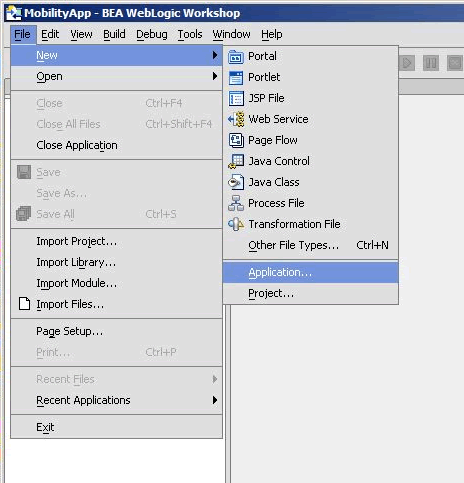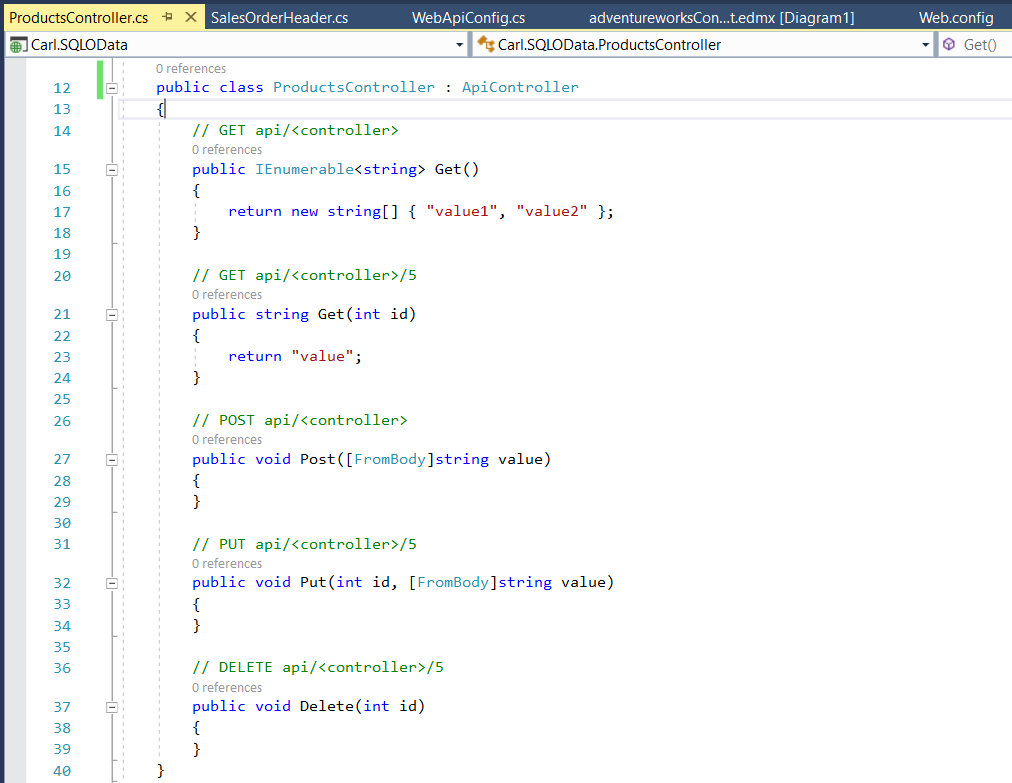


After selecting the button “Create Dev Space”, a new Dev Space is created and started. We are planning a release by the end of November that will fix this.

The latter will conflict with the graphical modeler included in Mobile Back-end Tools. You could add additional extensions as you like, but at this point, please do NOT add the CDS Graphical Modeler. Mobile Back-end Tools as well as the MDK Editor are part of this extension.

This collection of predefined extensions includes the Mobile Services App Development Tools extension. Provide a name for this new Dev Space and select the SAP Cloud Platform Mobile Services extension pack. I’ll create another one to showcase the creation by clicking the button “Create Dev Space”. For those who are new to this, you can follow the configuration steps in my previous blog post.Īs you can see in the screenshot below, I already have an existing Dev Space. Let’s get started by logging into your trial or productive SAP Cloud Platform account and opening SAP Business Application Studio. However, I will skip this part here as this is functionality we’ve already covered in previous blog posts. The same app metadata can be used on the MDK Mobile clients for iOS and Android. With the MDK Web client, we are targeting desktop users. For more details on this and the multi-channel capabilities, please check out the excellent blog post at Moving to Multi-Channel with MDK.įor this blog post we will be making use of SAP Business Application Studio and SAP Cloud Platform on Cloud Foundry. In this blog post I’ll share with you how to generate and deploy an OData service to Cloud Foundry and consume this service in an MDK Web application.Īs you might have noticed in the blog post by Jitendra Kansal, earlier this week we have announced the release of MDK 5.0 which includes the support for another target environment: web client.


 0 kommentar(er)
0 kommentar(er)
